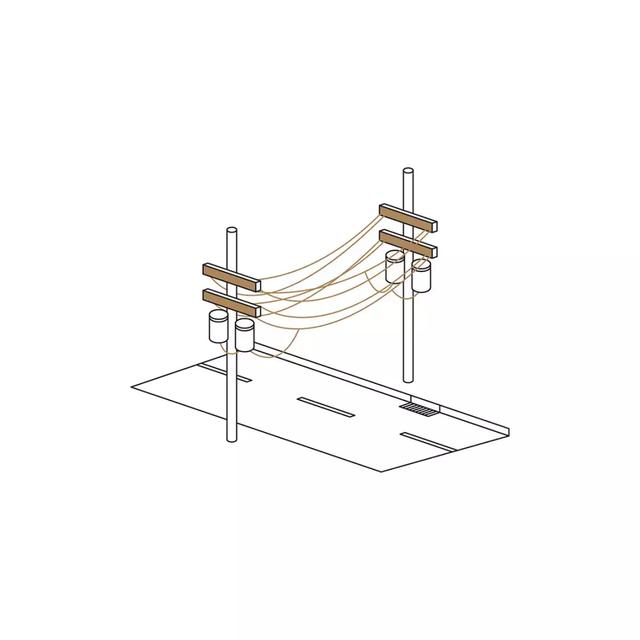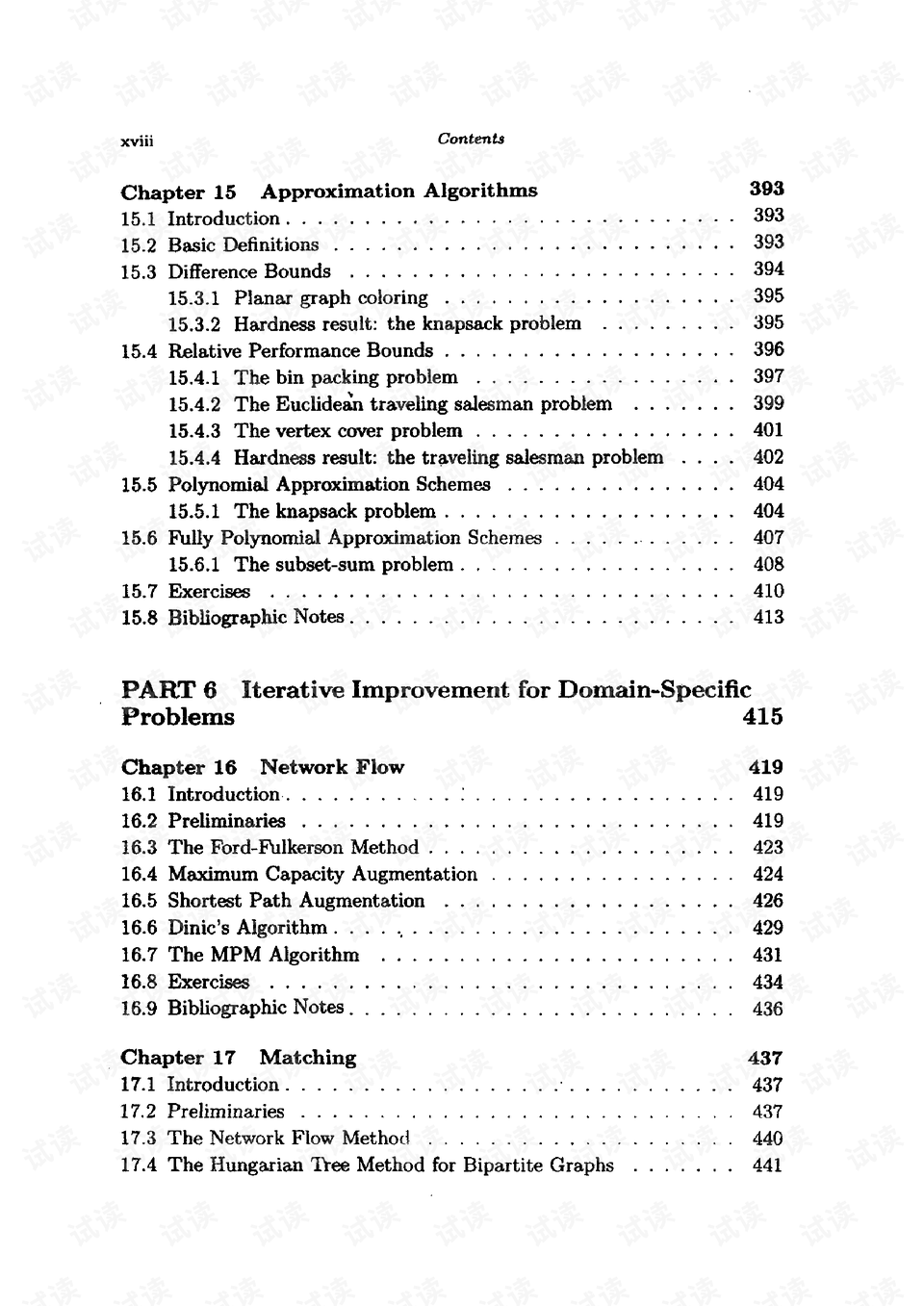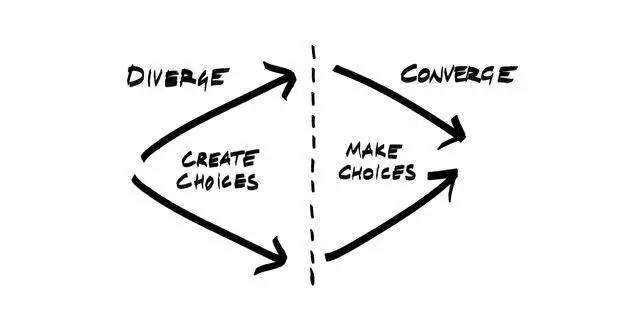摘要:本文探讨了软梯、逃生梯与混纺织物的概念辨析,并讨论了高效计划设计的探讨(英文版)。文章重点介绍了创新方案解析,包括软梯和逃生梯的设计特点、应用场景以及混纺织物的优势。文章旨在通过对比分析,为相关领域提供有效的参考,促进高效、安全的设计方案的发展和应用。
In today's world, the concepts of soft ladder, escape ladder, and mixed fabric are often encountered in various fields ranging from industrial manufacturing to emergency management. However, it is imperative to understand the distinct differences between these terms and how they are applied in practical scenarios. This article aims to delve into the concept of these terms and discuss efficient plan design in an informative and educational manner.
1、Soft Ladder:
A soft ladder is a type of portable ladder made from materials that are lightweight yet strong enough to support users' weight. It is often used in situations where a permanent ladder is not feasible or when portability is a key requirement. Soft ladders are commonly used in rescue operations, firefighting, and other emergency scenarios where quick access to heights is necessary.
2、Escape Ladder:
An escape ladder is specifically designed for emergency escape from upper floors of buildings, particularly in situations where a staircase or other escape routes are not feasible due to fire or other hazards. These ladders are typically made of metal or other sturdy materials and are often connected to buildings in advance, ensuring quick access during emergencies. Escape ladders are an integral part of fire safety measures in many commercial and residential buildings.
3、Mixed Fabric:
Mixed fabric refers to a material that is composed of more than one type of fiber or yarn. This type of fabric offers the advantage of combining different properties like durability, elasticity, and breathability, depending on the specific blend of fibers used. Mixed fabrics are widely used in clothing, home furnishing, and industrial applications due to their versatility and cost-effectiveness.
Concept Clarification:
It is important to note that soft ladders and escape ladders are both designed for safe access to heights during emergency situations, albeit with slight differences in their intended use and construction materials. Soft ladders are generally more portable and lightweight, while escape ladders are typically made of more sturdy materials suitable for emergency escape from higher floors. On the other hand, mixed fabrics are used in the manufacturing of various products due to their unique combination of properties that cater to different needs.
Efficient Plan Design:
Given the distinct characteristics of soft ladders, escape ladders, and mixed fabrics, it is essential to have an efficient plan design that considers their specific applications and requirements. Here are some key considerations for an efficient plan design:
1、Identify the specific requirements: Determine the purpose of the ladder or fabric and the environment it will be used in. This will help in selecting the right type of material and design specifications.
2、Research market trends: Understanding market trends and customer preferences can help in designing products that are in line with market demands and offer competitive advantages.
3、Consider safety standards: Ensure that all products meet relevant safety standards and regulations to ensure the safety of users.
4、Develop a prototype: Creating a prototype allows for testing the design in real-world conditions and identifying any potential issues before final production.
5、Implement quality control measures: Implementing strict quality control measures ensures that all products meet the specified standards and perform as expected.
6、Continuous improvement: Regularly review and update the plan design based on feedback from users, market changes, and technological advancements to ensure its efficiency and effectiveness.
In conclusion, soft ladders, escape ladders, and mixed fabrics serve different purposes and have distinct characteristics that need to be understood for effective application. An efficient plan design that considers their specific requirements, market trends, safety standards, and continuous improvement is crucial for ensuring their optimal performance and utilization.



